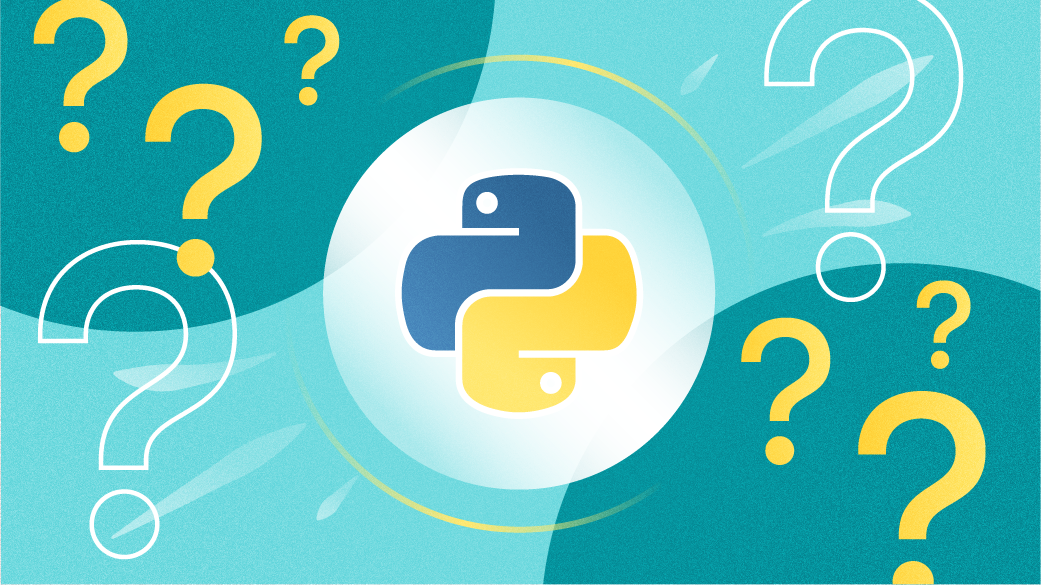Python Library To Control Mac

Sep 09, 2020 The dll/library load code is in the loadLibrary function in the LabJackPython.py file but the Python call to detect the OS, os.name, is used throughout the file. You can try to fake the os.name call by removing the the 'import os' import in LabJackPython.py and adding a class and global object after the imports like this. Dec 01, 2020 Have Homebrew manage Python 3 The Homebrew project provides a free and open source package manager for macOS that many people rely on. It gives Apple users a power similar to apt-get or yum. If you are a Homebrew user, you may already have Python installed.
Source code:Lib/webbrowser.py
The webbrowser module provides a high-level interface to allow displayingWeb-based documents to users. Under most circumstances, simply calling theopen() function from this module will do the right thing.
Under Unix, graphical browsers are preferred under X11, but text-mode browserswill be used if graphical browsers are not available or an X11 display isn’tavailable. If text-mode browsers are used, the calling process will block untilthe user exits the browser.
If the environment variable BROWSER exists, it is interpreted as theos.pathsep-separated list of browsers to try ahead of the platformdefaults. When the value of a list part contains the string %s, then it isinterpreted as a literal browser command line to be used with the argument URLsubstituted for %s; if the part does not contain %s, it is simplyinterpreted as the name of the browser to launch. 1
For non-Unix platforms, or when a remote browser is available on Unix, thecontrolling process will not wait for the user to finish with the browser, butallow the remote browser to maintain its own windows on the display. If remotebrowsers are not available on Unix, the controlling process will launch a newbrowser and wait.
The script webbrowser can be used as a command-line interface for themodule. It accepts a URL as the argument. It accepts the following optionalparameters: -n opens the URL in a new browser window, if possible;-t opens the URL in a new browser page (“tab”). The options are,naturally, mutually exclusive. Usage example:
The following exception is defined:
webbrowser.Error¶Exception raised when a browser control error occurs.
The following functions are defined:

webbrowser.open(url, new=0, autoraise=True)¶Display url using the default browser. If new is 0, the url is openedin the same browser window if possible. If new is 1, a new browser windowis opened if possible. If new is 2, a new browser page (“tab”) is openedif possible. If autoraise is True, the window is raised if possible(note that under many window managers this will occur regardless of thesetting of this variable).

Note that on some platforms, trying to open a filename using this function,may work and start the operating system’s associated program. However, thisis neither supported nor portable.
Raises an auditing eventwebbrowser.open with argument url.

webbrowser.open_new(url)¶
Open url in a new window of the default browser, if possible, otherwise, openurl in the only browser window.
webbrowser.open_new_tab(url)¶Open url in a new page (“tab”) of the default browser, if possible, otherwiseequivalent to open_new().
webbrowser.get(using=None)¶Return a controller object for the browser type using. If using isNone, return a controller for a default browser appropriate to thecaller’s environment.
webbrowser.register(name, constructor, instance=None, *, preferred=False)¶Register the browser type name. Once a browser type is registered, theget() function can return a controller for that browser type. Ifinstance is not provided, or is None, constructor will be called withoutparameters to create an instance when needed. If instance is provided,constructor will never be called, and may be None.
Setting preferred to True makes this browser a preferred result fora get() call with no argument. Otherwise, this entry point is onlyuseful if you plan to either set the BROWSER variable or callget() with a nonempty argument matching the name of a handler youdeclare.
Changed in version 3.7: preferred keyword-only parameter was added.
A number of browser types are predefined. This table gives the type names thatmay be passed to the get() function and the corresponding instantiationsfor the controller classes, all defined in this module.
Type Name | Class Name | Notes |
|---|---|---|
|
| |
|
| |
|
| |
|
| |
|
| |
|
| |
|
| (1) |
|
| (1) |
|
| (1) |
|
| |
|
| |
|
| |
|
| |
|
| |
|
| |
|
| |
|
| (2) |
|
| (3) |
|
| (3) |
|
| |
|
| |
|
| |
|
|
Notes:
“Konqueror” is the file manager for the KDE desktop environment for Unix, andonly makes sense to use if KDE is running. Some way of reliably detecting KDEwould be nice; the
KDEDIRvariable is not sufficient. Note also thatthe name “kfm” is used even when using the konqueror command with KDE2 — the implementation selects the best strategy for running Konqueror.Only on Windows platforms.
Only on Mac OS X platform.
New in version 3.3: Support for Chrome/Chromium has been added.
Here are some simple examples:
Browser Controller Objects¶
Browser controllers provide these methods which parallel three of themodule-level convenience functions:
controller.open(url, new=0, autoraise=True)¶Display url using the browser handled by this controller. If new is 1, a newbrowser window is opened if possible. If new is 2, a new browser page (“tab”)is opened if possible.
controller.open_new(url)¶Open url in a new window of the browser handled by this controller, ifpossible, otherwise, open url in the only browser window. Aliasopen_new().
controller.open_new_tab(url)¶Open url in a new page (“tab”) of the browser handled by this controller, ifpossible, otherwise equivalent to open_new().
Footnotes
Python Library To Control Mac Download
Executables named here without a full path will be searched in thedirectories given in the PATH environment variable.